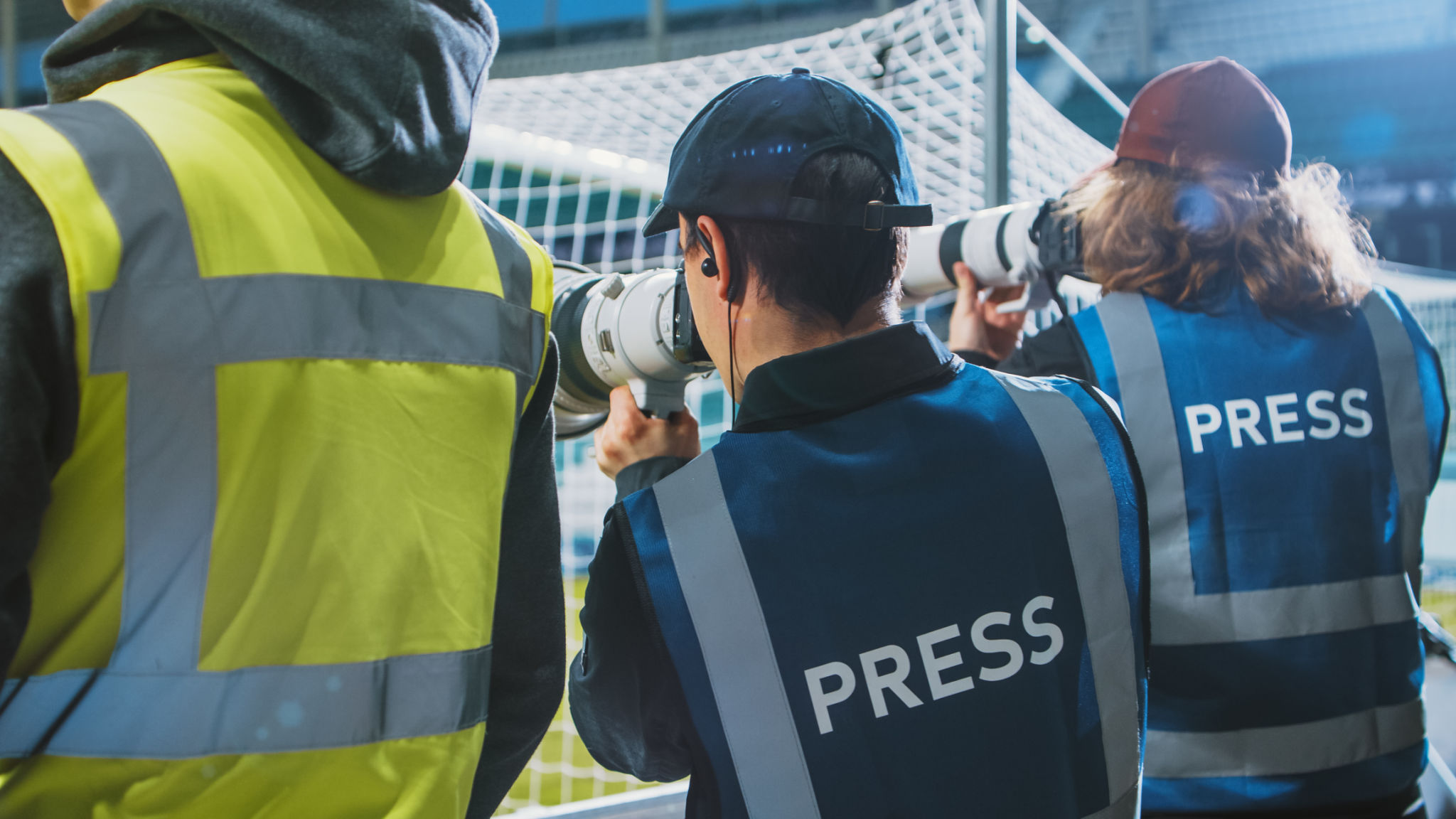FAQ: Common Misconceptions About Sports Photography in Aubrey
Understanding Sports Photography
Sports photography is an exciting and dynamic field that captures the thrill and action of athletic events. However, there are many misconceptions about what it entails, especially in places like Aubrey where local sports events are an integral part of the community. This FAQ aims to clarify some common misunderstandings and provide insight into this vibrant profession.

Myth 1: Sports Photography is Just About Having a Good Camera
One of the most prevalent misconceptions is that sports photography is solely about owning a high-end camera. While equipment is important, it's the photographer's skill, experience, and timing that truly make a difference. Capturing fast-paced action requires knowledge of camera settings, lighting conditions, and a keen eye for the decisive moment.
In Aubrey, where local sports events range from high school games to community leagues, photographers often adapt to various conditions and venues. Understanding the sport and anticipating movements are crucial aspects that go beyond merely possessing advanced gear.
Myth 2: Sports Photographers Only Shoot Professional Games
Another misconception is that sports photographers only cover major professional games. In reality, many photographers dedicate their careers to capturing amateur and local sports. In places like Aubrey, sports photographers play a vital role in documenting community events, school competitions, and youth leagues.

This focus on grassroots sports helps promote local talent and provides young athletes with cherished memories of their sporting achievements. It's a rewarding aspect of sports photography that brings communities together and highlights the importance of local sports culture.
Myth 3: Sports Photography Doesn’t Require Much Creativity
Some may think that sports photography is just about pointing the camera at the action and pressing the shutter button. However, creativity is a significant part of the process. Photographers must find unique angles, play with composition, and use lighting creatively to produce compelling images.
In Aubrey, where the same sports events are covered multiple times, standing out often means finding new perspectives and storytelling angles. Creativity allows photographers to capture not just the action but also the emotions and stories behind the game.

Myth 4: Editing is Unnecessary in Sports Photography
Some believe that editing is unnecessary in sports photography, assuming that images should be perfect straight out of the camera. However, post-processing is a crucial step in enhancing photos. Adjusting exposure, cropping for better composition, and color correction are common practices that help bring out the best in each shot.
In Aubrey, where lighting conditions can vary significantly from one venue to another, editing ensures that the final images reflect the true essence of the event and meet professional standards.
Conclusion: Embracing the Complexity of Sports Photography
In summary, sports photography is a complex and rewarding field that requires a blend of technical skills, creativity, and passion. For those in Aubrey interested in pursuing or appreciating this art form, understanding these common misconceptions is a step towards valuing the dedication and talent behind each captured moment.
